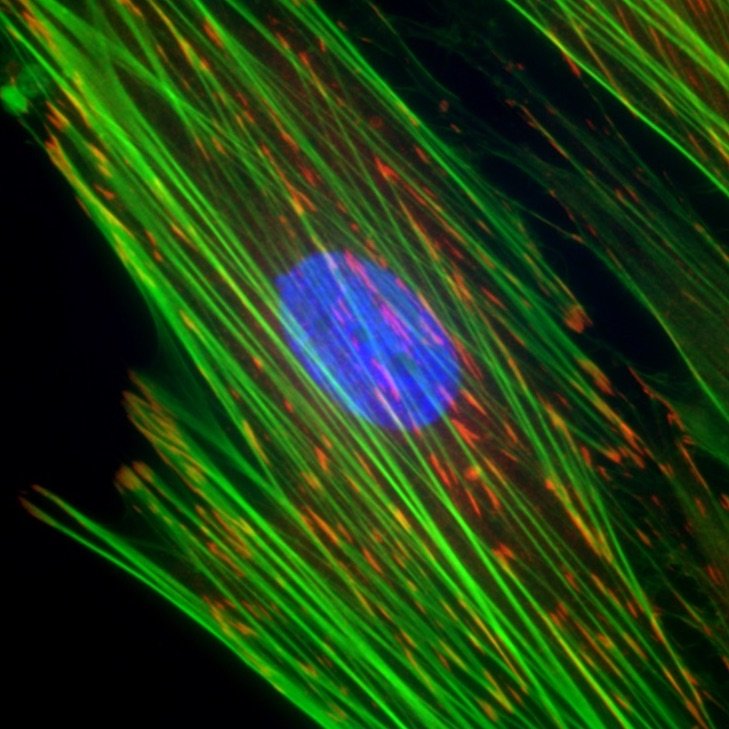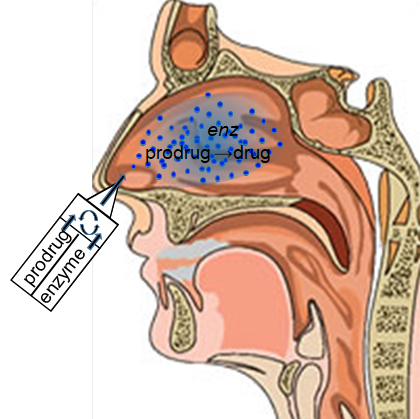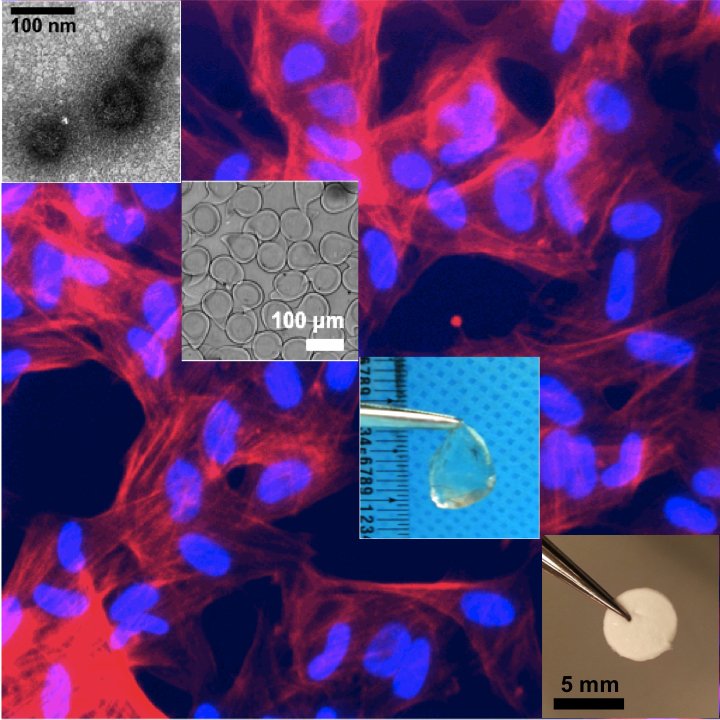Biomaterials & micro/nanofabrication

Cellular mechanics and mechanobiology
Many cells in tissues are exposed to dynamic mechanical perturbations, which require constant feedback by those cells to maintain tissue function. The Alford Lab uses novel microfabrication and computational methods to better understand this cellular adaptation in development and disease.

Tissue mechanics, aneurysms, and pain
The Barocas research group explores the relationship between tissue architecture and mechanics using multiscale computational models and mechanical experiments. Currently, they’re researching how aneurysms grow and fail, and how spinal load leads to injury or pain.

Engineering the immune response
The Hartwell Immunoengineering Lab uses biomolecular engineering, drug delivery, and immunology to develop molecular vaccines and immunotherapies that direct the immune response towards activation or tolerance by targeting specific cells and tissues, with a focus on the mucosal immune system.

Bioprinting cardiac tissues
The Ogle Lab is pushing the boundaries of 3D cardiac bioprinting. They’ve created patches that can be adhered to failing hearts, which has successfully restored cardiac function in rodents. Plus, they’ve fabricated living hearts based on a human heart’s magnetic resonance imaging (MRI) data.
![Shows 4 green-blue-black images taken with imaging technology. Includes red double arrows indicating nanogroove direction. Shows non-diseased (with zoomed in region), DMD [delta]ex52-54, and DMD[delta]ex31](/sites/cse.umn.edu/files/styles/webp_scaled/public/shen-research-graphic-square.jpg.webp?itok=3SJI9fEo)
Engineering biomaterials to model diseases
Wei Shen’s laboratory engineers biomaterials, studies how they interact in microenvironments, and models diseases. They’ve created material for studying muscular dystrophy, a nanoparticle platform for antiviral therapy, and oxygen-releasing materials for cell-based therapy.

Better ways to deliver drugs
The Siegel lab designs better drug delivery systems. Their nasal spray stops epileptic seizures and will likely replace current options (a shot or rectal administration). Plus, they’re developing a biodegradable pump that releases anti-clotting and anti-inflammatory factors after surgery.

Living valves for growing bodies
Bob Tranquillo’s laboratory develops biologically engineered “off-the-shelf” vascular grafts, heart valves, and vein valves. They’ve shown the material, produced by skin cells, has the capacity to grow, which may transform the way pediatric congenital heart defects are treated.

Polymers to deliver drugs, genes, and cells
Chun Wang’s laboratory develops polymeric materials to address unmet challenges in drug delivery. For example, they’re creating biodegradable polymers for cancer immunotherapies, including vaccines, and polymer wafers that’d be taken orally to deliver proteins and genes.

Microphysiologic systems to study disease
The Living Devices Lab is focused on building benchtop systems that mimic human disease outside the human body. We use microfluidics and microfabrication to create engineered tissues in which we control biological components and transport processes at the length scale that is relevant to physiology and pathology.